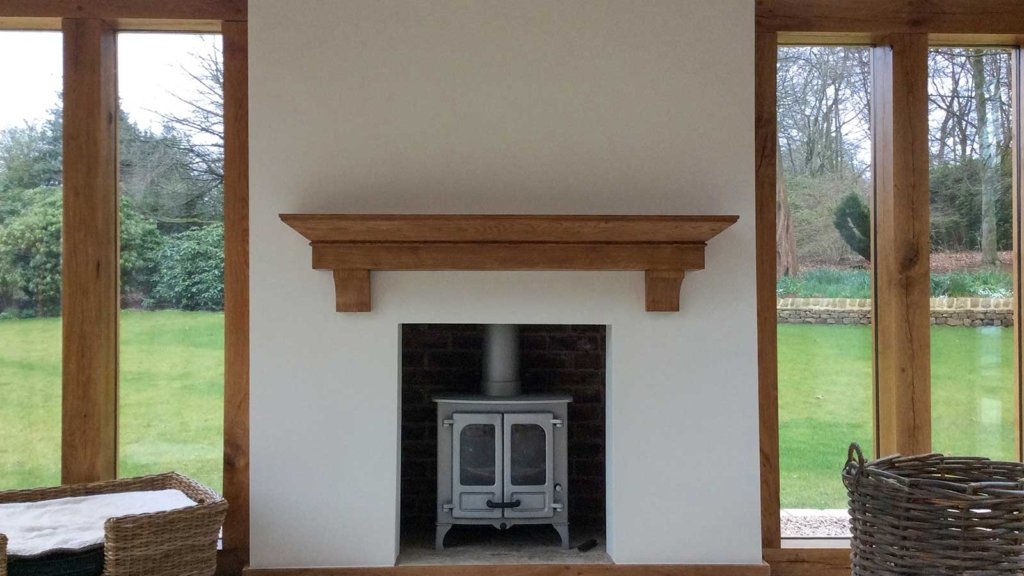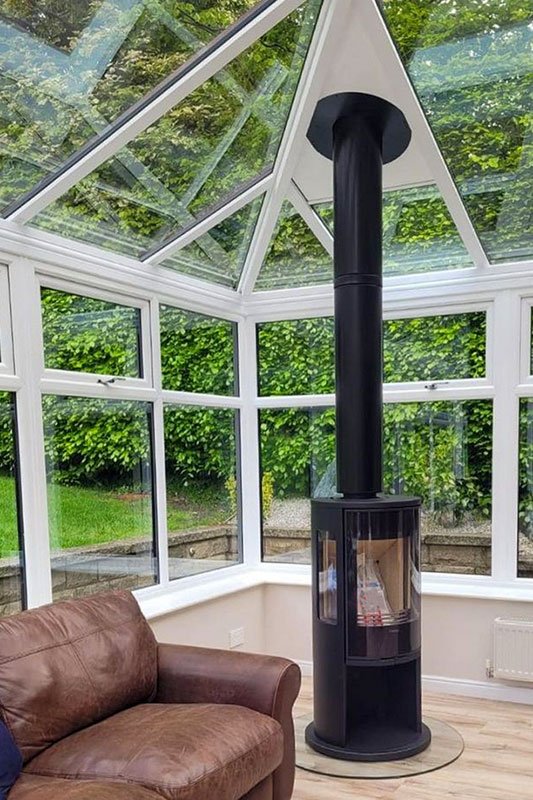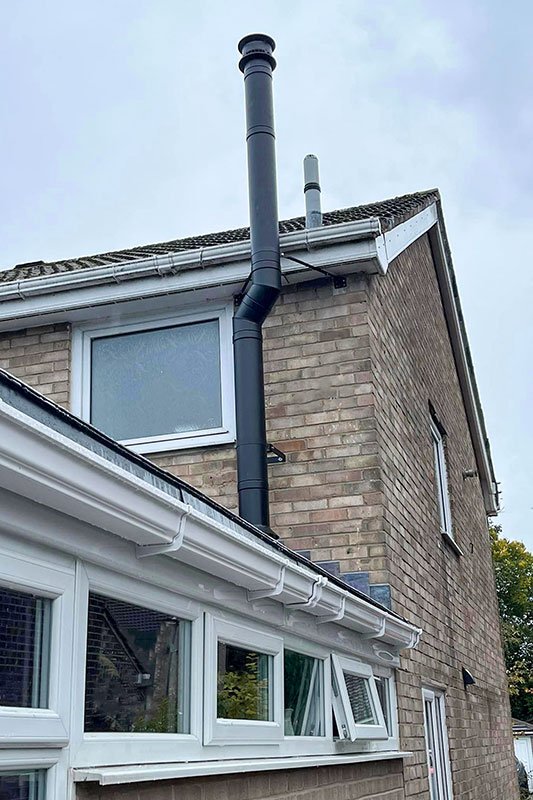
oakbydesign
01423 593 794



When considering the installation of a woodburner in a conservatory, planning and compliance are paramount. Ensuring the stove’s placement adheres to safety standards and the flue is strategically incorporated is just the beginning.
The foundation and regulatory nuances play integral roles in the process. By exploring the base construction, flue installation, and regulatory adherence, a robust foundation is laid for a successful woodburner installation.
The intricacies involved in this highlight the necessity of meticulous planning and professional guidance to guarantee a seamless and secure outcome.
When planning a wood burner installation in a conservatory, understanding the essential steps and considerations is important for ensuring a successful and compliant process. Proper stove placement against a stable wall, ensuring the correct flue height extends above the roof or conservatory, and utilising a non-combustible base are vital.
Compliance with building regulations is essential, especially in conservatories without an existing chimney, where a twin-wall flue system with insulation is recommended. Following guidelines for flue installation, ensuring proper sealing and weather protection, and confirming adherence to building regulations through different roof types are critical for safe and efficient operation.
Professional installation by an accredited HETAS registered professional is key to guaranteeing a safe and compliant installation.
To ascertain a secure foundation for the wood burner installation, attention to base construction guidelines is imperative, and the use of a compliant, non-combustible material is used.
The hearth or hearth pad for a wood burner should be constructed using inflammable materials such as brick, stone, or concrete. It is important that the base extends a certain distance around the stove, ensuring a safe distance from any combustible floor coverings.
Compliance with building regulations is essential during this phase of the installation process, and the base material must be non-combustible to prevent any fire hazards. Proper base preparation is fundamental to the overall safety and effectiveness of the wood burner installation.


Properly installing the flue for a wood burner is important to guarantee ideal functionality and compliance with safety standards. The flue must extend at least 1 metre above the house’s guttering, supported by both the conservatory roof and the house wall.
In conservatories without a functioning chimney, a twin-flue system with insulation is recommended to maintain safe exterior temperatures. When installing the flue through a oak conservatory roof, ensuring proper sealing and weather protection is critical.
Adhering to building regulations for flue installation is essential for safe and efficient operation. Planning permission is typically not required for wood burner installations, except in conservation areas where specific restrictions may apply.
Skilled professionals should ideally handle the flue and stove installation to guarantee compliance and safety and not affect house insurance.
Regulatory compliance measures play a fundamental role in ensuring the safety and legality of wood burner installations. This encompasses strict adherence to building regulations for stove placement, base materials, and flue installation. As stated, stove placement against a stable wall, ensuring proper flue height and distance, and using non-combustible base materials are essential for compliance.
Correctly installing the flue is crucial, especially through conservatory roofs. Following planning permission guidelines and engaging HETAS-qualified installers where necessary are critical steps. Non-compliance not only poses safety risks but also leads to legal consequences.
Telephone: 01423 593 794
Locksley Park
Blind Lane
Tockwith
YORK YO26 7QJ
Opening Times:
Mon to Fri - 9.00am to 5.00pm
Bank Holidays - Closed
Christmas 2025- TBC
Oak By Design is the trading name of:
Oak By Design Ltd.
Reg Number: 04384416
VAT Number: 664 8012 33